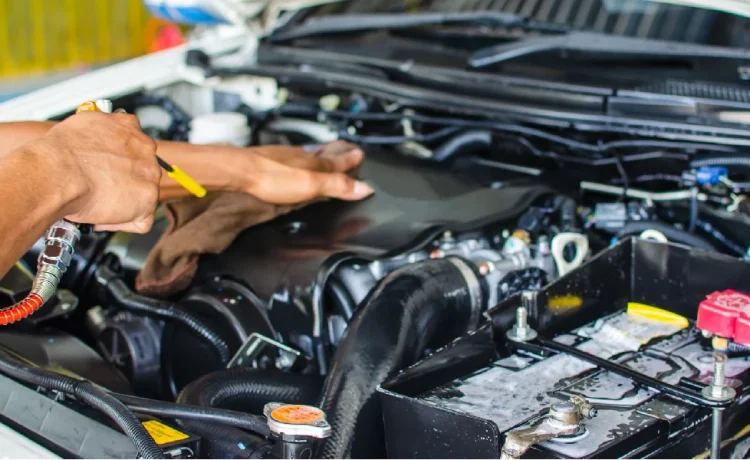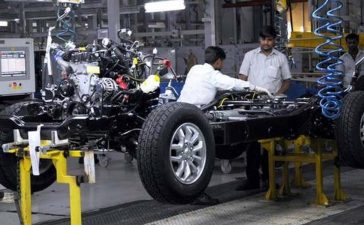The Subtle Hum: When a Wheel Stud Issue Might Cause Unusual Noises in Your Car

A moving vehicle creates many sounds. Some noises are normal and fade with time. Others seem strange and new. A driver often senses when something feels different. A soft hum or faint rattle may grow stronger on each trip. A small change may signal a deeper fault. Wheel studs hold the wheels firm and true. When they weaken or loosen the noise can spread through the body. The sound is easy to ignore at first. Yet that low hum can warn of danger soon to come. Choosing the Auto Repair in South Bend, IN (Roseland) based services like the Skiles Automotive Services can offer great support here.
A Hidden Source of Noise
A wheel stud sits behind each wheel. It keeps the wheel flat and tight. If a stud bends the wheel moves slightly. That movement makes a faint hum or light thump. The sound grows when driving faster. It may fade when slowing down. The steering might feel uneven at turns. Uneven tension on the studs can cause heat. The metal expands and the sound becomes sharper. That hum is not random at all. It is a signal from the wheel itself. Listen to it before it grows worse. So contact Skiles Automotive Services beforehand.
When the Hum Changes Tone
Sound often shifts when stress builds. The hum may change into a drone. It may come from one side only. The noise may disappear briefly on smooth roads. Then it returns on rougher ground. Each tone carries a hint of the cause. A missing stud changes pressure on the wheel hub. That imbalance creates a deeper vibration. The tone may echo near the seat or door. The pitch does not stay constant. A driver should note when and where it appears. A changing tone means a moving fault inside the assembly.
Feeling the Noise Beneath the Seat
A driver may feel the sound before hearing it. A faint tremor might run under the feet. The steering wheel may quiver slightly. The feeling is most clear during steady speed. That vibration links to the turning of the wheel. Each stud that shifts adds a new beat. It feels like a rhythmic pulse within the car. Some mistake it for rough pavement. Yet it may stay even on a clean road. That steady shake reveals the strain of loose or cracked studs. The sense of motion grows stronger when the car carries extra weight.
The Risk of Ignoring the Hum
A weak stud can fail under stress. The wheel may lose balance quickly. Bearings then take on uneven load. The tire tread starts to wear irregularly. The car might drift during braking. Each sign connects back to those small studs. Replacing damaged studs stops the spread of harm. Regular checks keep the wheels secure. A tech can tighten or replace the faulty ones. Early action prevents major repair later. Ignoring the hum invites bigger trouble. The wheel holds the road and safety depends on its grip.
You Might Also Like
Addressing Uneven Car Brake Pad Wear: Causes and Solutions
Uneven brake pad wear is a frequent issue. It affects braking efficiency and safety. Each pad should wear evenly during...
The Impact of Extreme Temperatures on Your Car’s Oil Pump Operation
A car engine needs steady lubrication. The oil pump keeps that flow alive. It moves oil to key parts. Extreme...
The Long-Term Vision: Investing in Your Car’s AC Condenser Health
A car stays reliable with care. The air conditioning system plays a key role. A healthy AC condenser keeps the...
How Comprehensive DMV Services Can Simplify Your Vehicle Registration Process
Dealing with vehicle registration can sometimes feel complicated and time-consuming. From renewing your registration to updating your address or getting...









